Description
hardware flow control. It is an ideal choice in the field of industrial automation.
Figure 4 Tool Framework
2.3Smart component creation
Call the Rotator component: This component is used to allow the rotatable grinding rotor to rotate during simulation to simulate the real grinding scene. In the
parameters of the Rotator component, set the reference to object, the reference object to the frame l, and the object to a copy of the rotor. (2) The rotary grinding rotor
can be rotated, and the speed is l20mm/s (the speed of the grinding head will affect the quality of the finished product) ), the reference center axis is: axis (based on frame
l, centerpoint x, y,: set to 0, 0, 0, Axis set x, y,: 0, 0, l000mm).
Call the Attach component: This component is used to allow the rotatable grinding rotor to be integrated with the tool body. When the tool body is installed
on the flange, it can follow the movement of the flange. In the parameters of the Attach component, set the sub-object to be a copy of the rotor (2) for the rotatable
polishing rotor, and the parent object is the tool body of a copy of the rotor. The offset and orientation are
based on the offset of point B relative to the origin. For setting, you can use the measurement tool in Robotstudio software to measure, and then set the parameters
after measurement.
Verification: Install a copy of the rotor tool body onto the robot flange, and then click Execute in the Attach component. You can observe whether the position of the
rotatable grinding rotor is correct at this time. If there is a deviation, adjust the position in time, as shown in the figure. 5 shown.
Figure 5 Tool installation
2.4 Create tool coordinate system
Use the six-point method to create the tool coordinate system Too1data on the robot teach pendant at the center of the rotor. Change the tool coordinate
system to Too1data in the basic options. At this time, click on the robot manual linear and you can drag the robot to move linearly at will.
2.5 Creating trajectories and programming
Determine the trajectory: According to the requirements of the work task, design the grinding trajectory around the workpiece and determine the trajectory
points and transition points required for the grinding trajectory. The grinding action process is shown in Figure 6.
Setting I/O and programming: Yalong IY-l3-LA industrial robot deburring and grinding system control and application equipment adopts 0sDC-52 6/o
communication board, the address is 10, Do1 is the digital output signal, the address is 1 . First set the I/O board, then set the I/O digital output signal Di1,
and then program on the simulation teaching pendant. The procedure is as follows:
PRoCmain()
setDo1: Set the Do1 signal to allow the external grinding rotor to start rotating.
waitTime1: The robot stays in place and does not move, waits for 1s, and lets the polishing rotor turn to the specified speed, transition
MoveAbsjjpos10NoEoffs,v1000,z50,Too1data1: The robot moves to the initial point jpos10 above point p10. Point jpos10 is used as the starting
point and end point of the robot”s action.
Move4p10,v1000,z50,Too1data1: Move straight line grinding to point p10
Move4pL0,v1000,z50,Too1data1: Move straight line grinding to pL0 point
Move4p30,v1000,z50,Too1data1: Move straight line grinding to point p30
Move4p40,v1000,z50,Too1data1: Move straight line grinding to p40 point
Move4p10,v1000,z50,Too1data1: Move straight line grinding to point p10
MoveAbsjjpos10NoEoffs,v1000,z50,Too1data1: The robot moves to the initial point jpos10 above point p10
waitTime1: wait 1s, transition
ResetDo1: Reset the Do1 signal to stop the rotor ENDPRoC
2.6 Simulation design and verification
Simulation design: Create a smart component to input the Di1 signal, and use the Di1 signal to simulate the external polishing start signal to
execute the Rotator component and Attach component of the smart component to achieve the visual effect of rotating and polishing the polishing rotor.
In the workstation logic design, the smart component input Di1 signal is associated with the robot Do1 signal, so that the robot signal Do1 can control
the smart component input Di1 signal, thereby controlling the start and stop of the rotation of the polishing rotor.
Verification: In the program of the teaching pendant, first set the pp command to move to Main, and then set the robot startup mode to automatic.
Click play in the simulation of Robotstudio software to verify whether the trajectory is consistent with the assumption, and optimize the path in time for
problems existing in the simulation.
3Summary and outlook
This design is based on the programming simulation of the Yalong Y4-1360A industrial robot deburring system to control the grinding robot workstation.
It covers aspects such as creating a workstation, setting
up tools, creating smart components, creating tool coordinate systems, creating trajectories, programming, simulation design, and verification. Starting
with it, the polishing simulation of the workstation is realized through the smart component function of Robotstudio software. The animation effect is intuitive
and lifelike, which not only facilitates teaching demonstrations, but also facilitates program debugging, and has application value for both production and teaching.
In the planning and design of the workpiece grinding trajectory, according to the different roughness and grinding amount process requirements of the
workpiece, the rotation speed, feed speed, feed amount, and grinding angle of the grinding rotor are also different. The feed amount can be adjusted in
time according to the on-site conditions. , feed speed, rotor speed, grinding angle and other parameters. After appropriate adjustments, the motion trajectory is written with the
corresponding program on the Robotstudio software to further reduce the possibility of robot collisions and singular points contained in the trajectory
during the actual debugging process. ,Optimize paths and improve debugging efficiency.
https://www.xmamazon.com
https://www.xmamazon.com
https://www.plcdcs.com/
www.module-plc.com/
https://www.ymgk.com
FCS01.1E-W0011-A-04-NNBV R911311065 Electric Drive and Control
PP825A 3BSE042240R3 5.7 “resistive Touch Panel
PFEA112-20 3BSE030369R0020 PFEA Series Z Tension Controller
PR6423/010-140+CON021 electric sensor
05701-A-0550 Analysis System 57 Calibration plug
H32NCHA-LNN-NS-00 PACIFIC H series hybrid stepping motor
6104-WA-PDPM Wireless PROFIBUS gateway
A6824 9199-00090 AMS 6500Machinery Health module
A6410 9199-00005 Mechanical expansion unit
A6110 9199-00001 ModBus and Rack interface module
IS420ESWBH3A 16-PORT IONET SWITCH
VMIACC-5595-200 Reflection memory hub
CC-IP0101 51410056-175 Experion Series -C I/O components
ACC-5595-208 350-805595-208N Gateway switch
IC695CRU320-EJ Redundant CPU RX3i PacSystem
AO2000 LS25 Advance Optima Continuous gas analysis
VMIVME-7740-850 Board Pentium III processor
SGDA-01BS servo package
SGDA-03BS servo package
SGDA-02BS servo package
SGDA-A5BS servo package
SGDA-01AS servo package
SGDA-A5AS servo package
SGDA-01BP traditional servo amplifier
SGDA-04ASY238 servo package
SGDA-01AP servo package
SGDA-04VS servo amplifier
SGDH-15AE-S servo package
SGDH-30DE-OY servo amplifier
SGDH-05AE Servo package
DR1B-02AC AC servo driver
DR1-08ACY25 basic mechatronics driver
DR1-08ACY24 AC servo driver
DR2-A5AC-NY41 DR2 servo module
DR2-01ACY103 DR2 servo component
DR2-A3AC-NY41 DR2 servo component
DR2-02AC-NY41 DR2 servo component
1C31233G04 Channel 16 input module
1C31232G02 Channel 16 input module
5X00622G01 Analog input board
5X00622G01 Analog input board
TPMC871-10 TEWS single width 32-bit PMC module
ICSE08B5 FPR3346501R1012 I/O module
1785-ME64/A PLC 5 Storage device module
VE4003S2B1 Standard I/O terminal board
T8403C Trusted®TMR Expansion Processor module
KJ3002X1-BF1 12P1732X042 Ethernet link controller I/O module
RELIANCE 45C992 Analog input module
1C31222G01 WESTINGHOUSE OVATION PLC RELAY OUTPUT
5X00497G01 Power distribution module
133442-01 Bently Nevada I/O Module Internal Terminations
5X00502G01 PLC relay output module
1C31132G01 Analog Output Module
5X00502G01 PLC relay output module
1C31132G01 Analog Output Module
1C31227G01 8-channel analog input
1756-EN2T ControlLogix Communication module
5X00226G04 Ovation I/O interface controller
1C31189G03 Ovation I/O Interface Controller
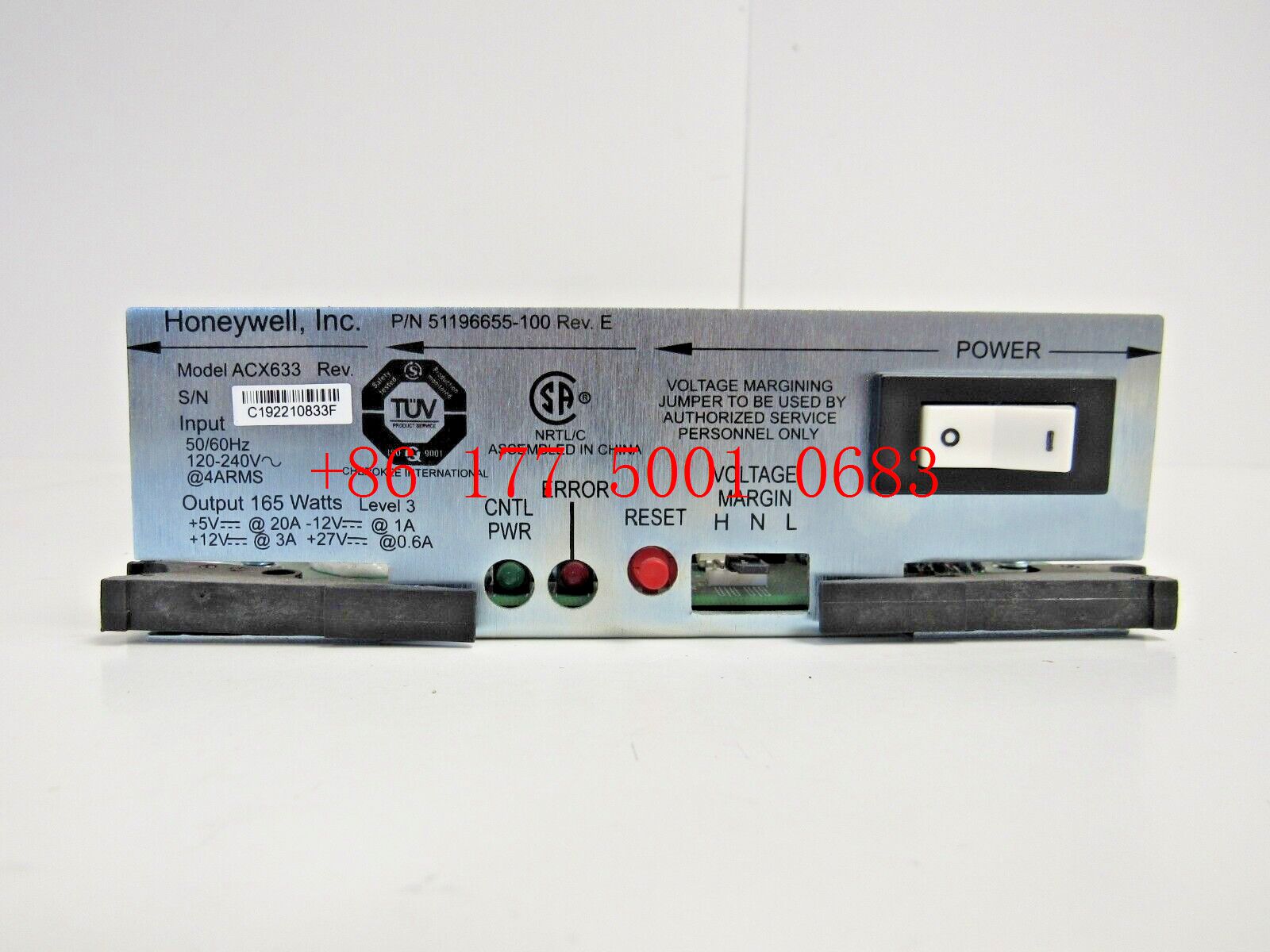
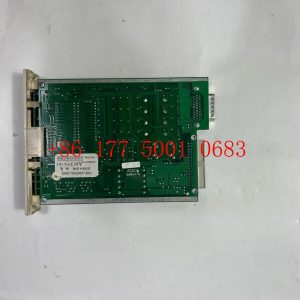
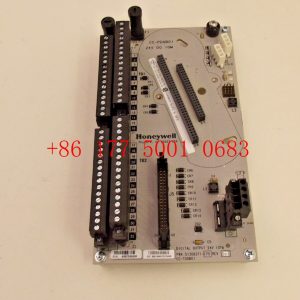
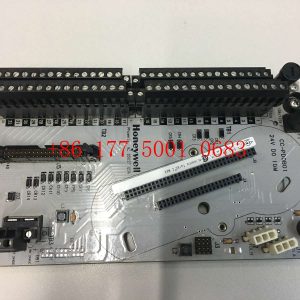
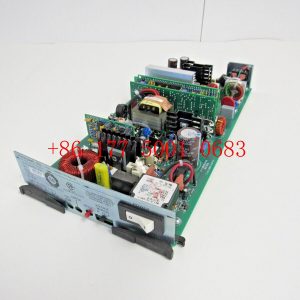




Reviews
There are no reviews yet.